The Pineapple Thief’s Bruce Soord: the 10 guitar albums that blew my mind
Prog mage names his faves

With 2016’s Your Wilderness, Somerset’s The Pineapple Thief distilled their creative DNA down to a career-defining masterpiece of atmospheric rock. Returning with Dissolution this year, they’ve upped the ante once again - building moody atmospheres in a mind-boggling display of dreamy progressive reverie.
Having drummer Gavin Harrison (King Crimson/Porcupine Tree) involved from the off helped cement the identity at the heart of these new songs, reveals founding singer/guitarist Bruce Soord…
“That was the big difference this time round,” he explains.
“When Gavin came on board last time round, he would be the first to admit it soon became more than session work. We got on so well creatively and personally we had a few laughs as well. So this time we knew what we had from the beginning and I think if you have the option to jam with Gavin, then do it! Having him around took the songs into such different territories… it was great having that outlet and integrating his compositions as a drummer into each song.”
While progressive music has always rejoiced in its tendency to be long-winded and over-layered, which can often sit among its many unique charms, Soord and his bandmates have become masters of minimalism.
Listen to any of the nine tracks on their latest opus, and you’ll notice it’s the sheer magnitude of space allowing the music to breathe that makes it such an exhilarating listen. Having built up a reputation as a gifted producer in his own right, Soord is the kind of musician that’s benefited from the wider birds-eye perspective.
“It’s very tempting to go overboard as a songwriter when you have everything but the kitchen sink at your disposal,” he laughs.
“In the modern age, you write and record and you can do anything… so a lot of people do. When we got together to write this album, the only thing we wanted was for it to sound like us - with the right amount of layers and also something that we could do justice to from the stage.”
I forgot how hard it is to come up with a solo that doesn’t sound meandering!
Instrumental in tracking those layers, at least for Soord’s performances, was his trusted Kemper Profiler - which saved many a crucial hour during what can often be a laborious recording process. This time round it was less about worrying about the sound and more about creative liberation.
“I know there’s that whole profiling versus amp debate,” he grins, “but for me in the studio it was so nice to be able to plug in as soon as I have an idea and know that it will sound studio-quality instantly without mic'ing a single cab. I have my Kemper really nailed down now, just to the profiles I really love - a hand-wired AC30, a Bogner Red for the drives and a Bogner Blue for cleans.
“I also enjoyed using a Whammy pedal on one of the tracks and doing some soloing that I haven't done for a while, remembering all my influences and actually writing solos. I forgot how hard it is to come up with something that doesn’t sound meandering! I had to go back to the drawing board numerous times to compose more ideas, but never in a sterile way. I can’t read music – it’s all done through ear – so you really have to put in the effort for the best results.”
Here, the guitarist reveals the 10 guitar albums that blew his mind…
Dissolution is out on 31 August via Kscope.
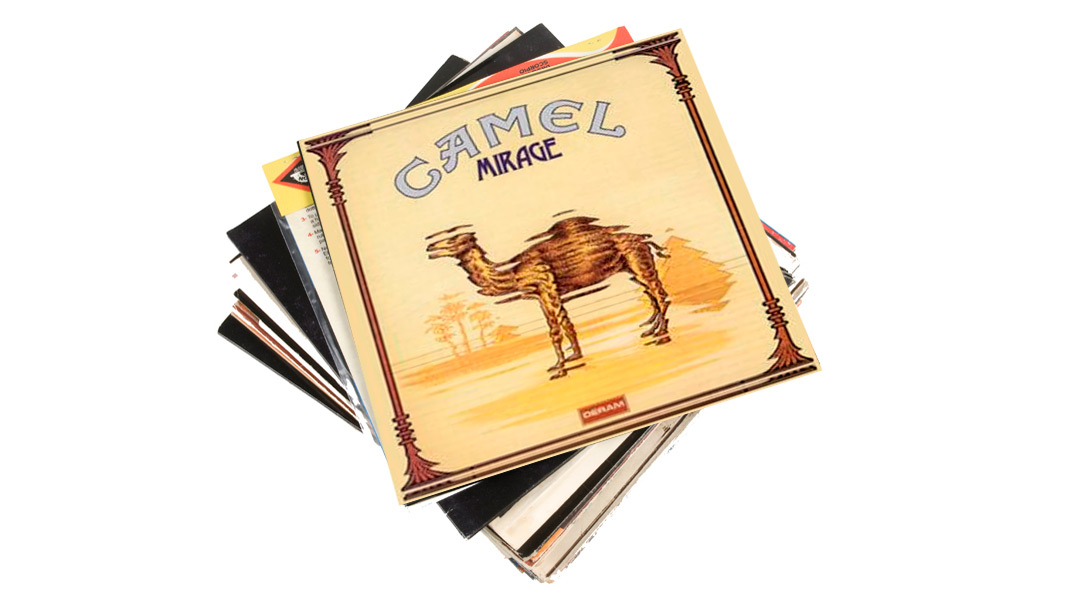
1. Camel - Mirage (1974)
“This is in reverse chronological order, starting at the beginning when I first picked up the guitar. It was quite late; I was around 14 and didn’t have a musical bone in my body. My mates were talking about starting a band and I wanted in on it - actually, I was too old, but they told me it’s never too late to start, haha!
“So I bought a crappy nylon-string thing. We were all listening to prog-rock albums from the '70s, and this album made me think, ‘Wow, what the hell is this guitar player doing?!’ Andy Latimer is such a melodic guitarist: he’s not a shredder, he’s more like a David Gilmour kind of player, but very different, too.
“This album is very guitar-heavy - they don’t do as many vocals; it’s more about Andy having long stretches on his guitar. A lot of the top lines are on that classic Les Paul with a beautiful sound. There’s one track where he gets this massive amount of feedback, a huge note that turns into this infinite sustain; things like that blew my mind as a kid. When you know how it works, it’s like magic…”
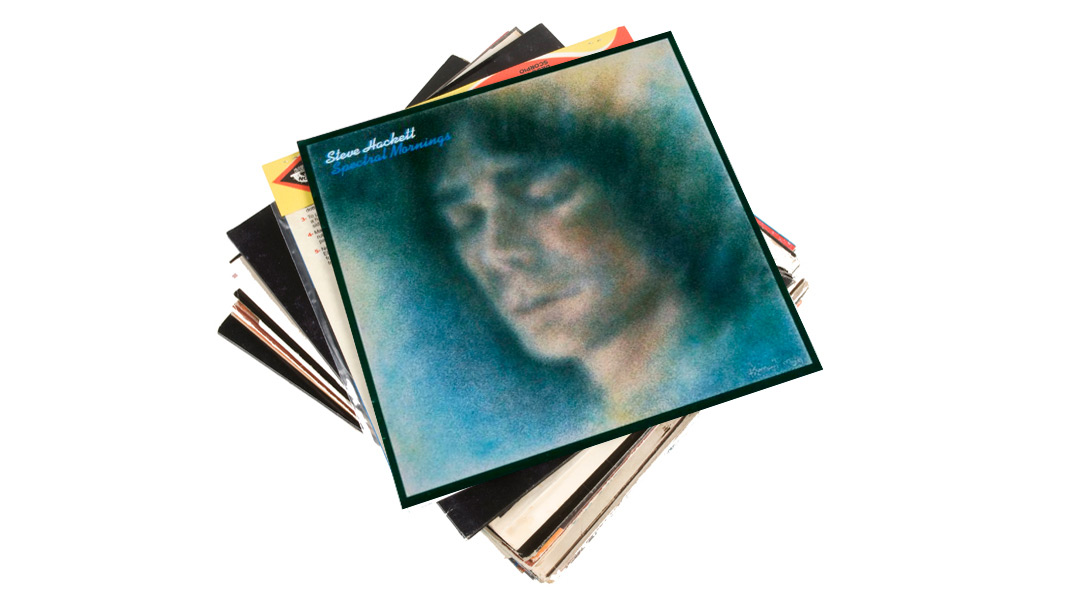
2. Steve Hackett - Spectral Mornings (1979)
“I was still in school and playing in this prog-rock band called Vulgar Unicorn, and I really got into early Steve Hackett. I was never a Genesis fan, I never got them, but I really liked Steve - he was similar to Andy Latimer in those days because he did these long instrumentals, like on his third record, Spectral Mornings.
“I loved playing along to these songs and again; he was a Les Paul player doing all the top lines. The difference with Steve was that he used a lot of effects back in those days… as a kid, I was obsessed!
“There was this Boss pedal catalogue you used to get back in the day, which came with my [HM-2] Heavy Metal pedal - which buzzed like a bee! I remember staring at all those pedals thinking how amazing they could sound. Steve Hackett was the guy that made me think how a guitar could make all these other sorts of noises.”
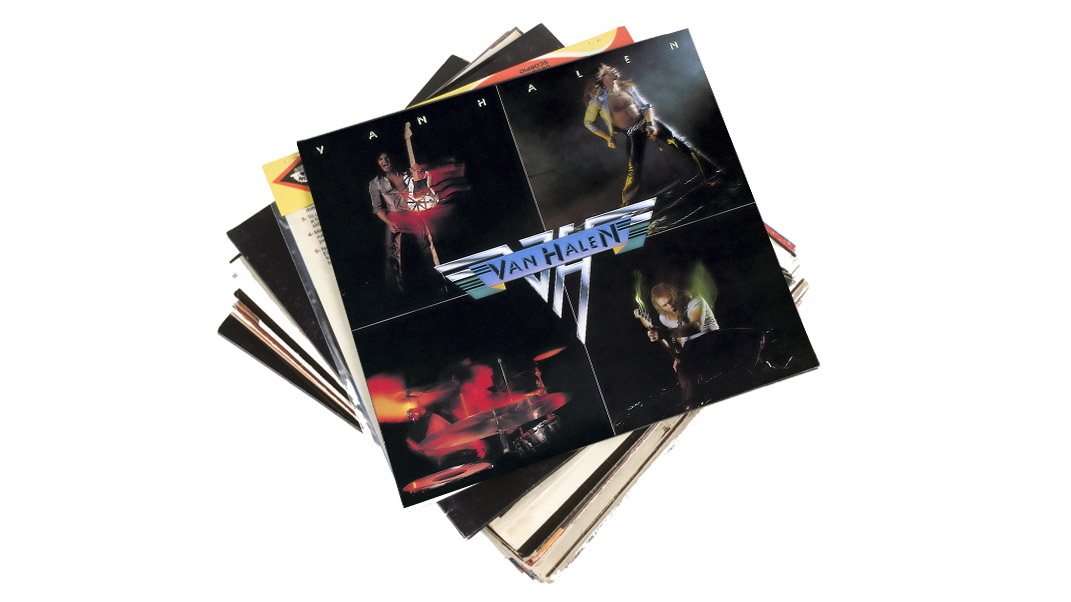
3. Van Halen - Van Halen (1978)
“Then I left school and started a covers band with some mates. A friend gave me this album long after it had come out, around 1989, and we learned their cover of You Really Got Me. That really beat the prog guitarist out of me and got me into metal, becoming a massive influence. I remember learning the solo but not playing it particularly well.
“Back in those days, everyone was tapping away and trying to shred. I would sit there in my bedroom and thoroughly enjoy trying to emulate what I was hearing, but to be honest, I don’t think I ever did a particularly good job of it!”
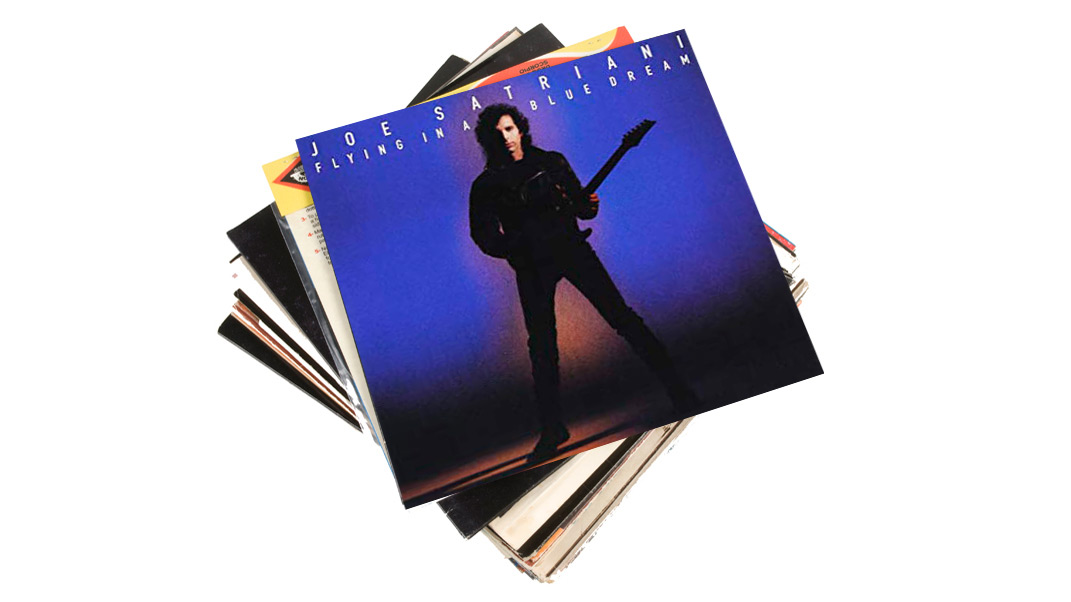
4. Joe Satriani - Flying In A Blue Dream (1989)
“Around the Van Halen time when I was doing my A levels, all the guitarists at my college would hang out together and we’d listen to Vai and Satriani. The big question was were you a Vai or Satch fan?
“I was a Satch man; I found Flying In A Blue Dream really melodic and accessible - as much as he could shred with the best of them, some of it was actually quite slow. You couldn’t ignore these guys around the early-'90s if you were a guitarist.”
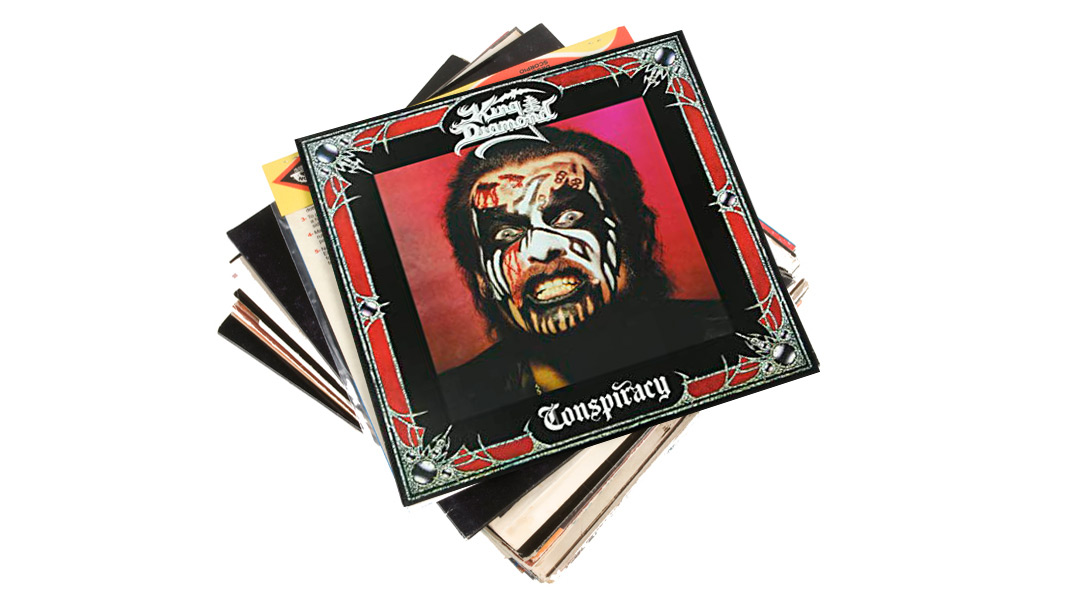
5. King Diamond - Conspiracy (1989)
“My mate - who I was in this prog band with - was obsessed with death metal: bands like Carcass, Death, Celtic Frost, even Paradise Lost, but the one that really got me was King Diamond.
“You listen to Conspiracy now and it has this certain production on the drums; it was Mikkey Dee who played on that and he went on to join Motörhead. His fills and drumming along with Andy LaRocque’s riffs on that record was mind-blowing for me, and I played this album to death.
“Naturally, I ended up starting a death-metal band to try and emulate that fast, muted metal stuff with slow vibrato and pinched harmonics on the solos. I’m sure millions of guitar players have done the same thing, sat there in the bedroom desperately trying to pull off a divebomb with a pinched harmonic when only one try out of 20 would actually work.”
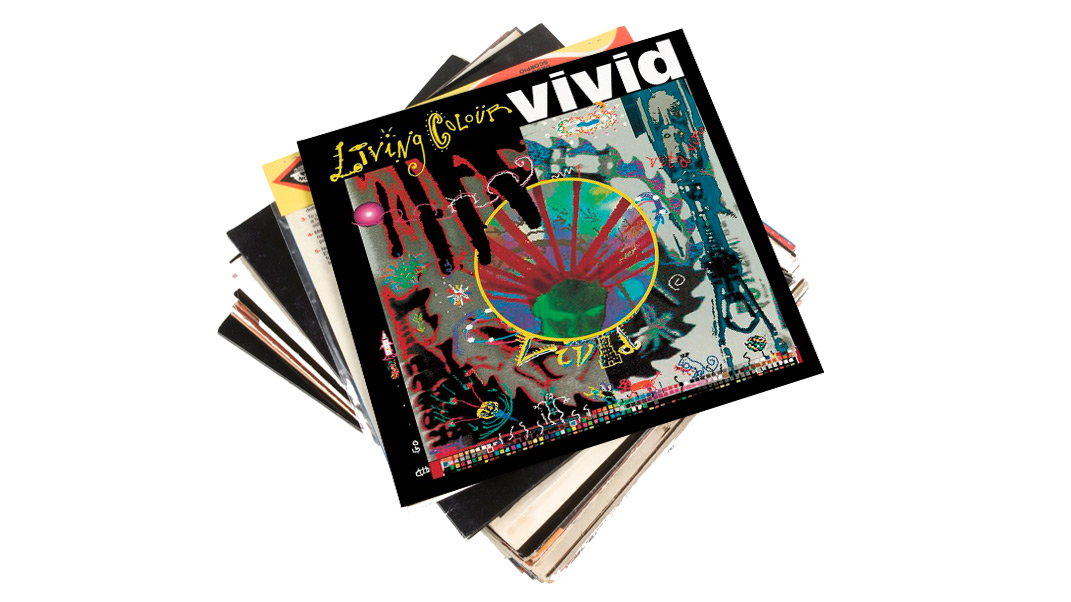
6. Living Colour - Vivid (1988)
“It was around when I met Jon [Sykes, bass] from The Pineapple Thief, who introduced me to Living Colour. We started this band called Terminal Headspin playing loads of their songs over and over again. They had this one called Middle Man that was a particular favourite.
“I remember trying to learn Vernon Reid’s solos - he was quite unique in that it sounded like random notes at points. Back in the day, he was a massive influence.”
“He also used pinched harmonics in really creative ways… I ended up nicking a lot of licks from him, like where you go up the cross to find different harmonics - especially live.”
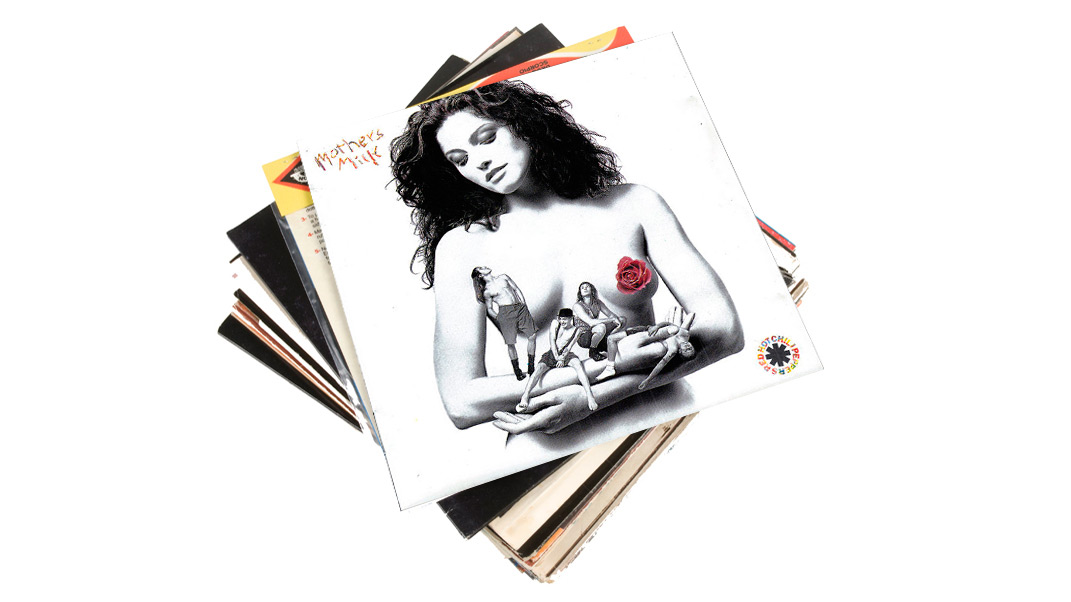
7. Red Hot Chili Peppers - Mother’s Milk (1989)
“While I was still in this Terminal Headspin band, we got into the Chili Peppers. Back then, they had just released Mother’s Milk and were quite punky. It was this raw, creepy, angry and funky kind of metal. You could see them all topless, jumping around in their shorts, so we tried doing the same thing.
“When John Frusciante came on board, they changed their sound to more of a classic Strat with single-coils, and ended up being one of the most influential bands around. We’d go into rehearsal and jam out Suck My Kiss, which taught me a lot about getting tighter as a guitarist. We wouldn’t stop doing it until it felt as tight as they did it. When you hit that tightness in a three-piece band, it’s such an exhilarating feeling.
“That’s where I cut my teeth as a guitarist who listens to the band and knows what the end game was, rather than trying to come up with leads and a guitarist rather than a guitarist in a group.”
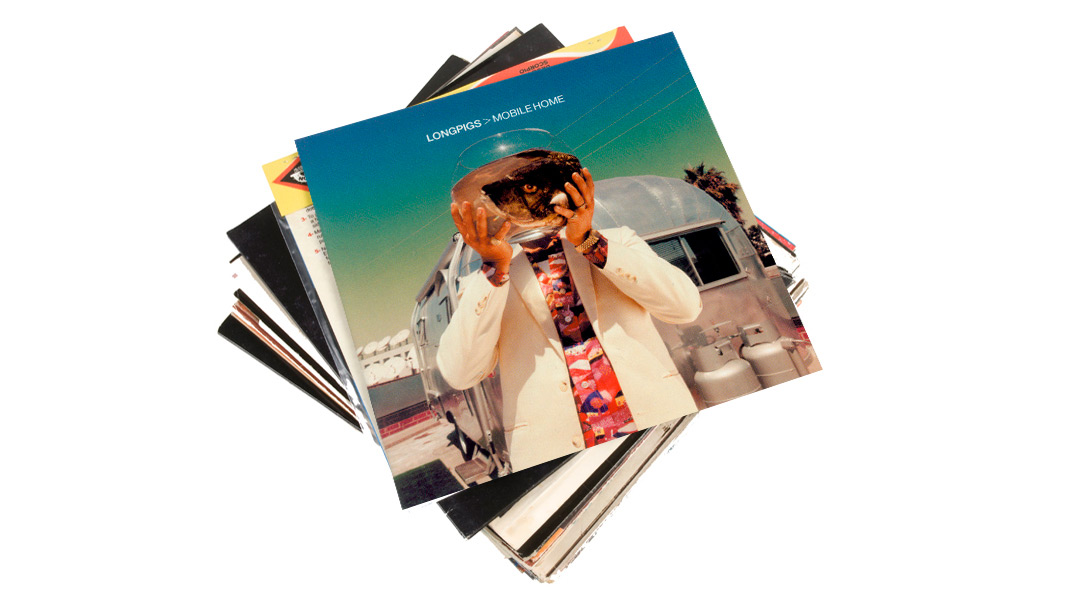
8. Longpigs - Mobile Home (1999)
“After that, I got into more songwriter territory and started looking at the guitar more as a tool to create. There was this band called Longpigs who were very Brit-poppy and had this big single, but their second and final album Mobile Home was really creative.
“They had Richard Hawley on guitar, and the way he composed all of his rhythms and solos I found hugely original. It made me think about giving more thought to playing rhythm guitar, instead of playing root notes or being flashy. I started thinking about how to bring out the unique qualities in the music.”
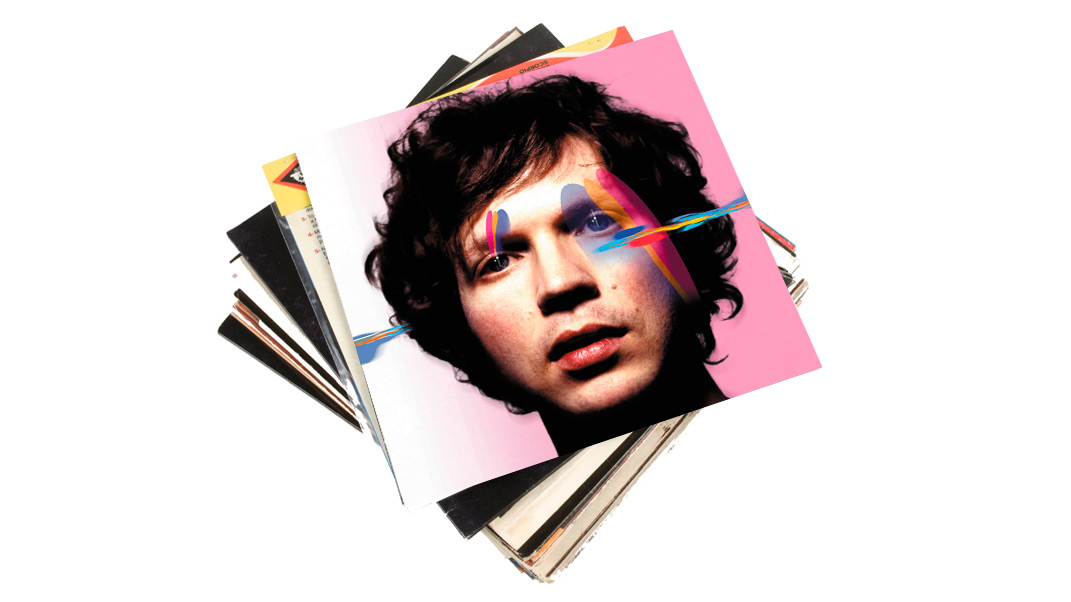
9. Beck - Sea Change (2002)
“I had to pick an album from the acoustic perspective as they’re really important to me.
“I’m lucky to have built a really good relationship with Taylor over the last few years and now own three. There’s this limited-edition baritone eight-string, but it’s the two middle strings that have a 12-string configuration. You have to keep the bugger in tune, because if those two are out even slightly you get this horrible, detuned chorus-y effect. I find the two extra strings counteract the fact that it’s a baritone and tuned lower; it doesn’t lose any of the definition. That had a big part in writing our new songs - you pick up a baritone and think differently because of the different register.
“And though he’s a folky, simple picky and strummy player, I’ve always found Beck’s acoustic work to be hugely influential. On this album, it sounds like he wrote every track on that one acoustic guitar, and the sound of it is amazing. I actually haven’t heard a better recorded acoustic guitar, to be honest. Maybe [producer] Nigel Godrich had something to do with it, too…”
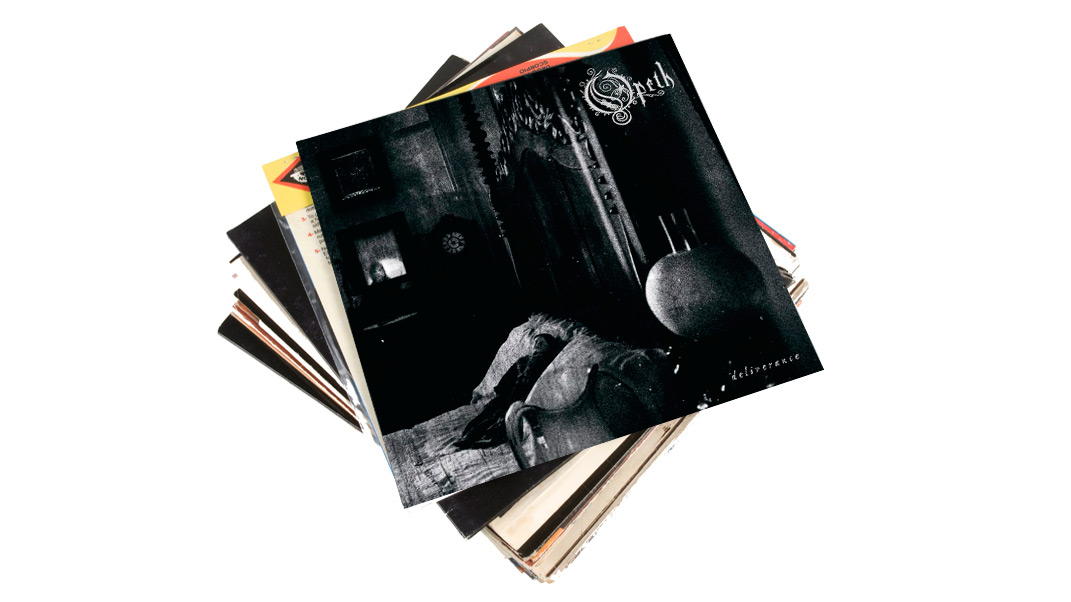
10. Opeth - Deliverance (2002)
“I was asked to remix this album and got access to all of the original multi-tracks. They were all named, and I knew who was playing what guitar. When you mix something like that, you end up knowing the music like nothing else. What struck me was Mikael Åkerfeldt’s guitar playing… it was outstanding.
“Maybe he doesn’t get as much credit as he should - I’m sure he probably does - but on that record, hearing how he used his guitar and voice to create these complex songs was simply jaw-dropping. Those songs flow beautifully, and that album went down as a classic, so working on that record only a few years ago really left its mark on me.
“Last time I saw him was in Barcelona when we played Be Prog My Friend festival with Opeth. They’re the nicest guys, and I know Mikael’s also a Camel fan, too!”
Amit has been writing for titles like Total Guitar, MusicRadar and Guitar World for over a decade and counts Richie Kotzen, Guthrie Govan and Jeff Beck among his primary influences. He's interviewed everyone from Ozzy Osbourne and Lemmy to Slash and Jimmy Page, and once even traded solos with a member of Slayer on a track released internationally. As a session guitarist, he's played alongside members of Judas Priest and Uriah Heep in London ensemble Metalworks, as well as handling lead guitars for legends like Glen Matlock (Sex Pistols, The Faces) and Stu Hamm (Steve Vai, Joe Satriani, G3).
